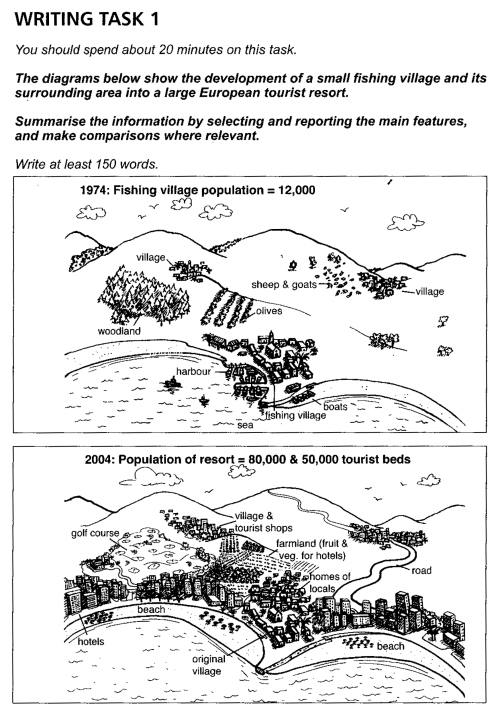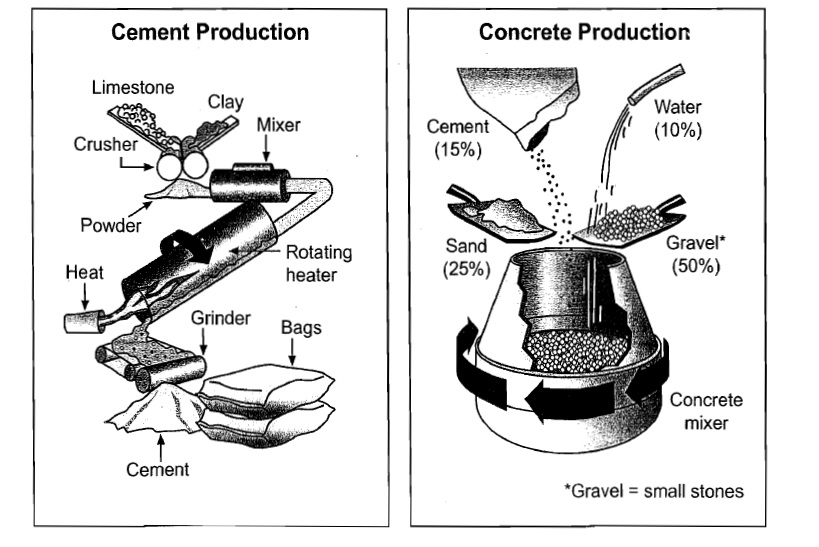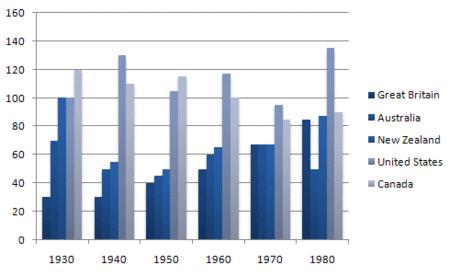MisterWandering
Sep 23, 2011
Writing Feedback / the water cycle - ielts task 1 [5]
This is my first post on this forum. I'm glad to receive your feedback!
The diagram demonstrates the natural cycle of water. Overall, the process consists of a series of stages in a regularly repeated order.
The sun directly causes the evaporation, in which water from the sea, lakes and rivers in the world is warmed by the solar heat. Simultaneously, water vapour is also created by the continous transpiration process of living plants. Once evaporated, this amount of water ascends into the Earth's atmosphere, where it cools down and then condenses into masses of clouds. Subsequently, these clouds are blown by the winds to mountainous areas, whose temperature is always higher than that of the lower grounds. As a result, that accounts for the fact that clouds are cooled down further, which leads to precipitation in the form of rain or snow on the land below. After water has dropped on the ground, it either can be absorbed by soil through layers of porous rocks into underground water or flow into rivers, after which it eventually reaches the oceans.
This is my first post on this forum. I'm glad to receive your feedback!
The diagram demonstrates the natural cycle of water. Overall, the process consists of a series of stages in a regularly repeated order.
The sun directly causes the evaporation, in which water from the sea, lakes and rivers in the world is warmed by the solar heat. Simultaneously, water vapour is also created by the continous transpiration process of living plants. Once evaporated, this amount of water ascends into the Earth's atmosphere, where it cools down and then condenses into masses of clouds. Subsequently, these clouds are blown by the winds to mountainous areas, whose temperature is always higher than that of the lower grounds. As a result, that accounts for the fact that clouds are cooled down further, which leads to precipitation in the form of rain or snow on the land below. After water has dropped on the ground, it either can be absorbed by soil through layers of porous rocks into underground water or flow into rivers, after which it eventually reaches the oceans.





